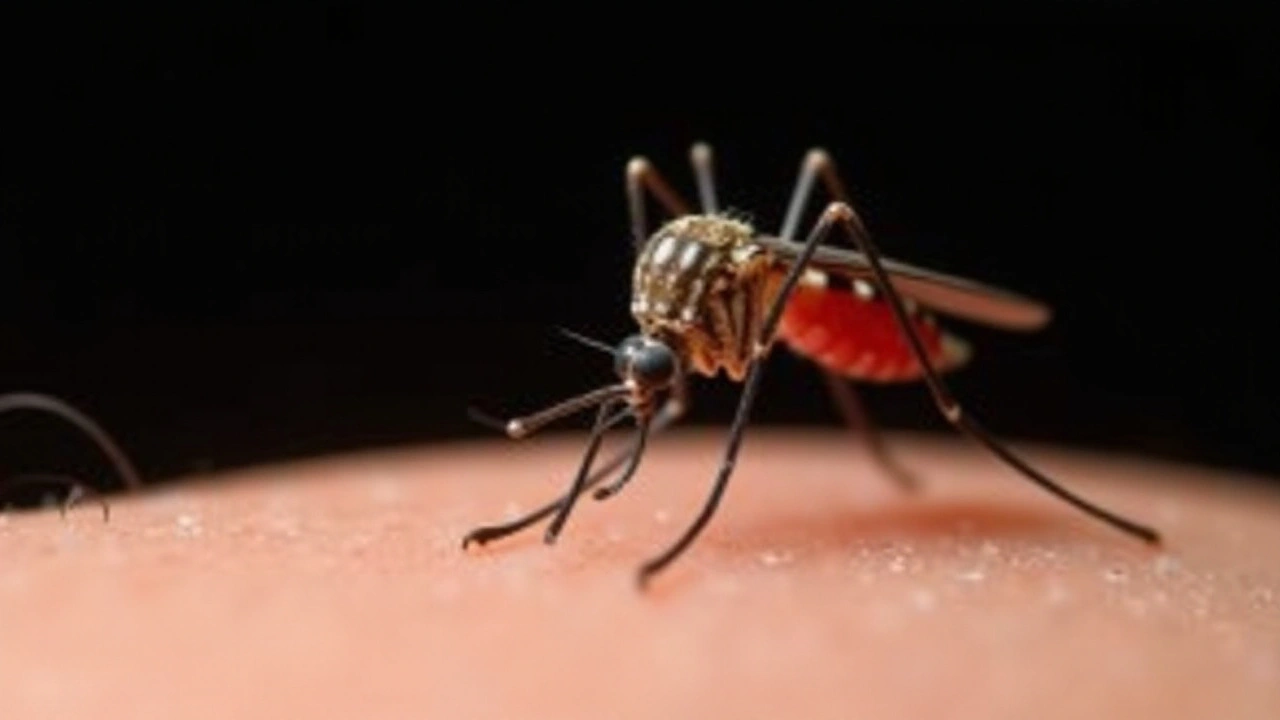The Sloth Virus Fever: A New Health Threat Emerges
The emergence of a previously little-known virus has captured the attention of health officials worldwide. Dubbed the Sloth Virus Fever, this illness is caused by the Oropouche virus, primarily carried by the three-toed sloth native to the Amazon basin. The virus has recently made headlines as cases have begun appearing in humans, initially in Brazil and now spreading to parts of Europe.
The Amazon rainforest, renowned for its biodiversity, is often a source of zoonotic diseases - illnesses that transfer from animals to humans. The three-toed sloth is the unsuspecting host in this case. Known for their slow movement and tranquil lives in the canopies of the rainforest, these animals have inadvertently become carriers of a virus that poses significant health risks to humans.
Understanding the Oropouche Virus
The Oropouche virus, transmitted through the bite of infected midges, presents symptoms in humans that can closely resemble those of other well-known diseases such as Zika. Infected individuals report experiencing high fevers, joint pain, and respiratory issues. These symptoms can be severe and uncomfortable, raising concerns among health professionals about the potential impact on larger populations.
Midges, the tiny flying insects responsible for transmitting the virus, thrive in the humid and dense environments of the Amazon, making the region a hotspot for the Oropouche virus. As humans encroach upon these wild areas for agriculture, logging, and habitation, the likelihood of encounters with infected midges increases, escalating the risk of viral transmission.
The Global Spread and Response
The spread of the Sloth Virus Fever from its origin in the Amazon to distant regions like Europe is a stark reminder of our global interconnectedness. Individuals traveling from affected areas can carry the virus to new locations, where it can potentially take root if the conditions are favorable. This facet of modern life poses challenges for health authorities striving to contain such outbreaks.
European health officials have already issued warnings and are implementing measures aimed at controlling the spread of the virus. Airports and ports are on high alert, and public health campaigns are being rolled out to educate the populace about the symptoms and transmission modes of the virus.
Researchers on the Move
Researchers worldwide are now racing against the clock to better understand the Oropouche virus and develop potential treatments or preventive measures. Studies are being conducted to map the virus's genetic makeup, track its spread, and understand how it interacts with human hosts.
Efforts are also underway to control the vector population - the midges responsible for transmitting the virus. This includes everything from introducing natural predators to the midges to employing chemical controls in severely affected areas.
Measures and Precautions
In the meantime, individuals living in or traveling to affected areas are advised to take precautions to prevent midge bites. This can include wearing long-sleeved clothing, using insect repellents, and sleeping under mosquito nets. Public health advisories are also recommending that travelers monitor their health closely for any signs of infection and seek medical attention promptly if symptoms do arise.
The Sloth Virus Fever, while currently causing concern, serves as a critical reminder of the importance of monitoring zoonotic diseases. Our world's interconnected nature ensures that an illness emerging in a remote part of a rainforest can quickly become a global health issue. By investing in research, raising public awareness, and ensuring robust health measures, societies can better protect themselves against such emerging threats.
Human health is inextricably linked to the health of the environment, and the Sloth Virus Fever is a vivid example of how disruptions in ecosystems can have wide-reaching effects. The Oropouche virus, and indeed the broader category of zoonotic diseases, highlights the need for a concerted global response to emerging infectious diseases.
Future Outlook
Looking ahead, the global health community must stay vigilant. This includes improving early warning systems, enhancing cross-border collaboration, and ensuring that health infrastructure is equipped to handle such outbreaks. The lessons learned from the Sloth Virus Fever could pave the way for better preparedness against future zoonotic threats.
Ultimately, the goal is to prevent such outbreaks from escalating into global crises. By coupling scientific research with practical public health measures, humanity has the capacity to face these challenges head-on. As researchers continue their work, the world watches closely, hoping for breakthroughs that will not only address this current virus but also provide insights that could protect against future pandemics.
